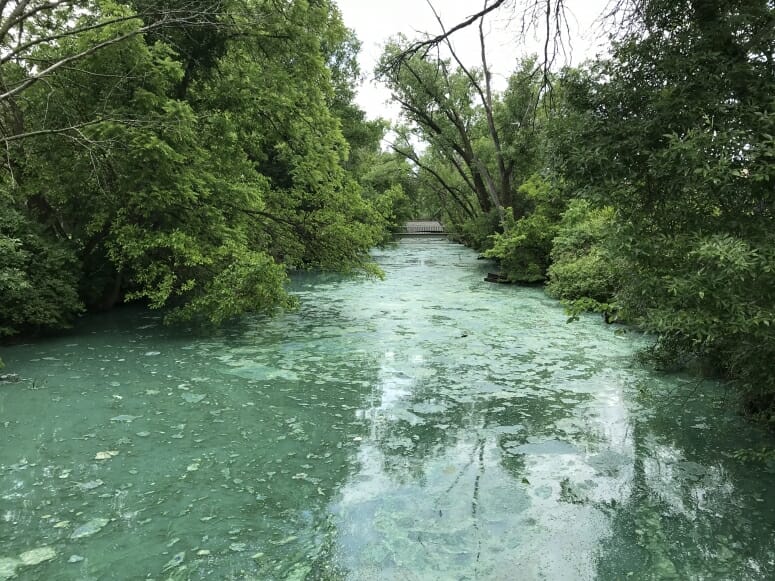WisContext:
“The destruction of shoreline and near-shore habitat can also take a toll on aquatic life, Sorge said. This process is often instigated by development of buildings and other shoreline structures, which often transforms biodiverse native habitats into species deserts.
Shoreline development also increases runoff into lakes, Sorge added. “Once we get to even as little as 15% of [a lakeshore] lot covered with rooftops, sidewalks, walkways, driveways, you’ve increased the mass loading of phosphorus from that parcel of land by a factor of six,” he said. “Our lakes cannot sustain these types of increased inputs if we don’t manage them.””
Please watch the video of Buzz Sorge’s presentation!








